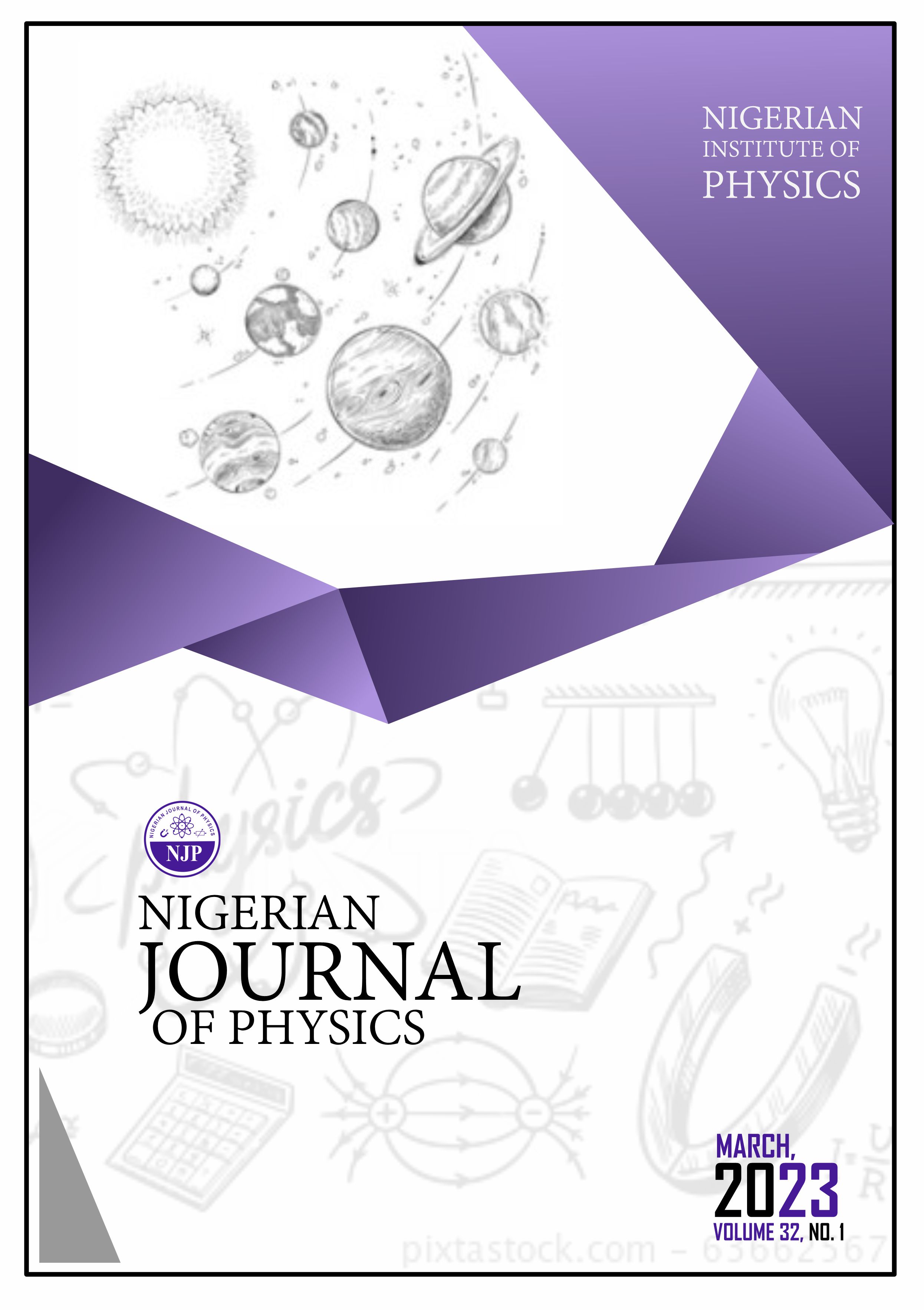Structural Pattern Evaluation Using Aeromagnetic Data; A Case Study of Mpape, North Central Nigeria
Keywords:
Aeromagnetics, Fracture, Faults, Mpape, Stability, Subsurface, TremorsAbstract
This study is aimed at investigating the subsurface stability of Mapape, a community in Abuja, against tremor occurrence and to check how safe the subsurface is for civil engineering constructions. High resolution aeromagnetic data of Abuja were processed using automated approach. The data were further enhanced producing the residual aeromagnetic data, in order to determine the orientations of the lineaments in the study area. The orientations of the lineaments obtained from the residual map revealed that the Pan African orogeny constitutes 50%; Kibaran orogeny constitutes 33%, while Liberian orogeny constitutes 17% lineaments in the study area. Edge detection and structural depth techniques were implored so as to determine the depth to basement of the subsurface structures. Based on orientation of faults on magnetic fault map obtained residual map and also the depth analysis, three distinct set of sinistral/dextral faults were recognized in Abuja. These include: NE-SW, ENE-WSW and NW-SE fault trend. This suggests that NE-SW fault-set could be responsible for the tremor experienced in Mpape state.





